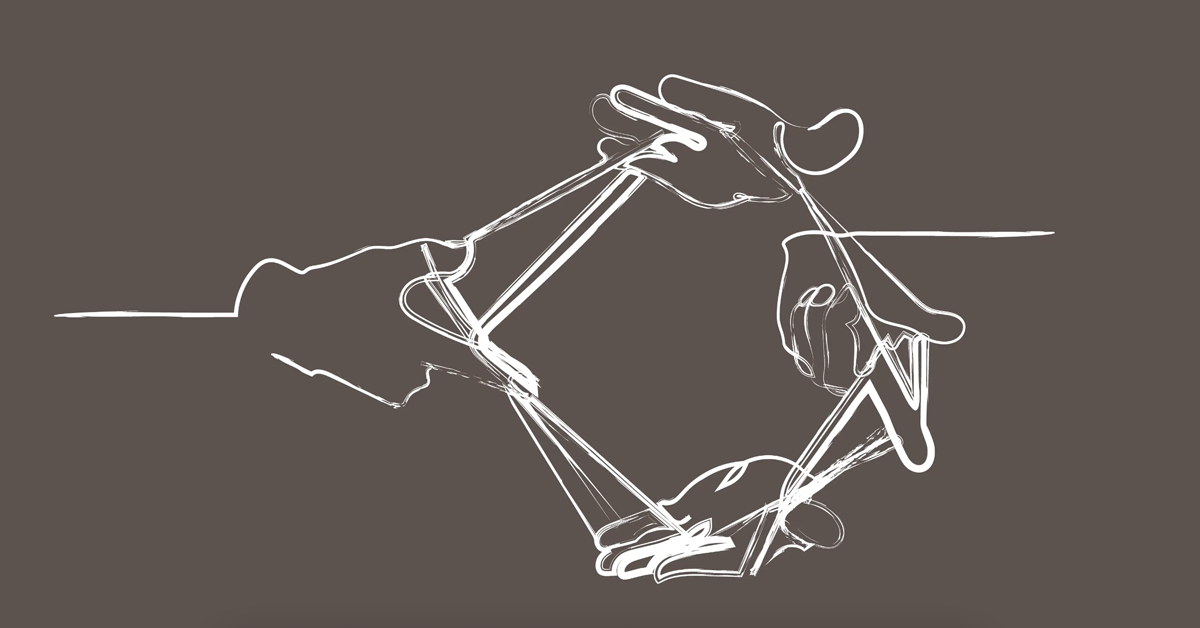Building a strong workplace culture is not a new problem for leaders. In fact, over a decade ago, a Deloitte study found that “94% of executives and 88% of employees believe a distinct workplace culture is important to business success.” And yet, only 15% of the employees surveyed believed that their culture was embedded in their organisation.
Today, culture has become a leading factor for job applicants — so much so that Forbes deemed 2022 The Year of Workplace Culture. For in-house design leaders at high-profile brands, culture-building is an even greater challenge, especially in huge companies where even a large design team (100+) is comparatively small inside a workforce of many thousands. Worse, many companies apply broad corporate initiatives, like performance management, communication tools, and employee recognition, to design teams who instead crave creative environments and opportunities to learn new skills in their areas of expertise.
Economic change, layoffs, reorgs, and the influx of new hires (onboarded remotely) all have a huge impact on culture. And, of course, remote and hybrid work arrangements complicate efforts to connect teams to one another and the business. But those connections are necessary to forging an authentic work culture, which today’s candidates demand.
That’s why our InsideOut Design Leader Community gathered to discuss the power and the pitfalls of building inclusive, collaborative workplace cultures in our recent in-person roundtables in New York, Chicago, Seattle, San Francisco, and Los Angeles. Read on for real-world advice on creating a workplace culture your design and creative teams will love.
Lead by Example
Employees are watching to see how much leaders value culture.
To convince teams that they value connections, leaders must find the time and budget for them. One senior leader carves out the first six minutes of team meetings for breakouts of 2–3 people to make space for catch-ups; another invests in quarterly in-person meetings with activities that bring culture to life. Making space to connect around non-work-related topics sends the message that people are as important as the work they produce.
Executives can influence culture through their actions and by sharing their experiences. Origin stories of the senior leadership team and the company can inspire and connect teams to core values and help them see career paths for themselves. Most importantly, managers who lead with vulnerability and who regularly recognise and celebrate cultural differences show that they value authenticity and deeper, more meaningful relationships.
Hot Tip for Budgets: Procurement can be an ally in finding money for cultural initiatives. Often these groups have relationships and contracts with fully vetted suppliers at favourable rates, and since they’re responsible for showing a return on investment, they know what worked — and what didn’t.
Make Space to Co-Create
Co-creation brings together staff within and across teams.
When it comes to collaboration, there’s little doubt that connecting in person yields better human connections, faster. But when that’s not possible, leaders should allocate funds to host virtual or in-person events for their dispersed teams and actively encourage co-creation. From tackling a business problem together to revamping shared processes, there are endless possibilities for teams to create something together. Regardless of the venue or topic, the focus of these interactions is to build and solve together, with shared goals and responsibilities.
One leader noted that “Seeing is believing,” and reluctant partners simply need to experience a new way to work and understand what’s in it for them to become engaged. However, to change behaviours long-term, leaders must find advocates (senior leaders) and ambassadors (peers and leaders close to the work) and minimise the preparation required. Creating space to share “Works in Progress” with the expectation that what’s shared should be a first draft encourages participants to work together to discover options and solutions.
And finally, check your tools. There are so many digital collaboration tools out there, all with unique features and benefits. For example, Figma creates a transparent space that encourages collaboration and sharing unfinished efforts, while other tools are commonly used to present finalised work. So make sure the tools chosen deliver a great user experience and send the right message.
Teach Employees to Connect
Building authentic relationships is a skill.
It’s common to believe that people will “find one another” at work. But when every interaction is about deadlines, the work naturally becomes more important than relationships. Carve out internal groups to uncover what the team values and create bottom-up opportunities to connect. This effort doesn’t replace the leader’s responsibility to know their teams, but it will yield more organic initiatives that match the interests of the group.
But putting employees in the same room (virtual or physical) is not enough. Teach individuals how to find common ground with one another and with partners–then look at your processes to see where to strengthen these ties. Also, elevating presentation and storytelling skills and setting goals around building relationships for employees will improve communication overall and form partnerships that stick.
To start, develop a team identity and norms, so staff care about one another. Then explore communication style tools (like DiSC) to help them discover their tendencies and improve empathy for differences. One brilliant leader in our Los Angeles group pointed out that “Culture” is a product of values and behaviours. Values are important but often intangible, while behaviours can be influenced by rewarding the desired actions that drive change. So leaders must invest in soft skills development and create incentives to stimulate team-building choices.
Show Impact
Help teams see how connection drives results.
Today’s employees crave meaning and an opportunity to make a difference. To tap into those interests, explain how what the company does actually matters, a la Simon Sinek’s celebrated “Start With Why” talk. Leverage the product or project story that goes beyond the immediate work, and look at external trends that support how your team is adding value to even larger initiatives and movements.
Focus employees and partners on the customer and help them explore ways to add future value and move the company forward. Showing your team the impact of their design work out in the world connects them to purpose. Help teams understand how their work benefits internal partners and the corporate business objectives, and even when the work takes longer to deliver, leaders can connect teams to the progress they’re making toward their goals.
Even better, use visual storytelling to introduce concepts to your team and help them use those skills to connect with and influence partners to achieve their goals. There’s no better way to see the power of design in action than to see the results of using design skills to make change.
What we feel when we experience a fabulous workplace culture is the collective strength of authentic, inclusive human connections. Though it may be more difficult to bring people together these days, the effort put forth to cultivate those connections is worth it. In our final roundtable on this topic, we captured a simple checklist that leaders can use.
To build culture, leaders can CONNECT their teams to:
- the business
- the customers
- their partners
- stories
- their impact
- inspiration
- possibilities
- the WHY
- the roots of the company
- progress
- influence
Latest.

Save your tears for the boardroom.
Thought Leadership

Trust, innovation & human connection: Redefining financial services at Eight.
Thought Leadership

From blank page to powerhouse: What I’ve learnt building an in-house agency from scratch.
Thought Leadership




